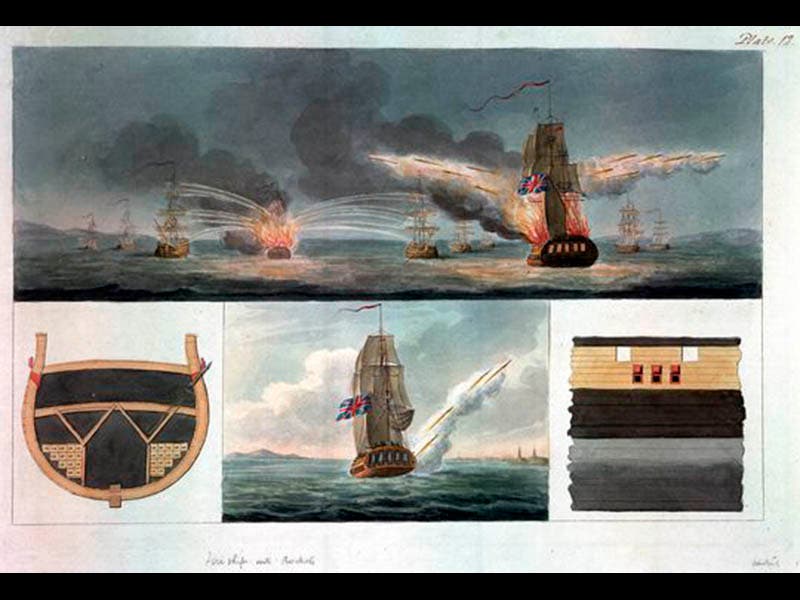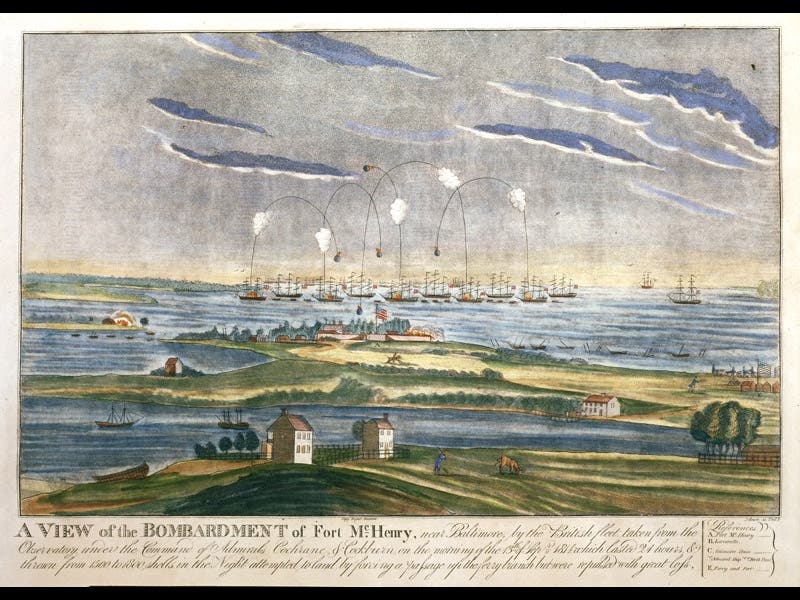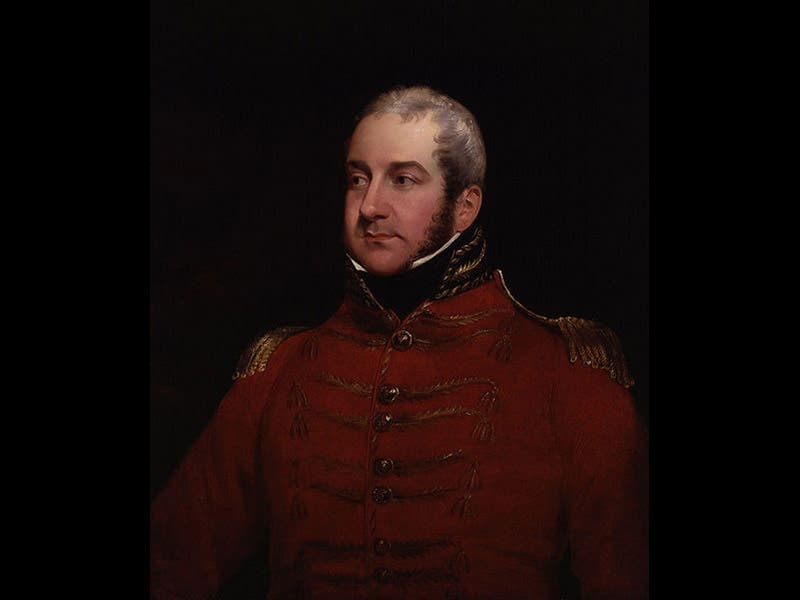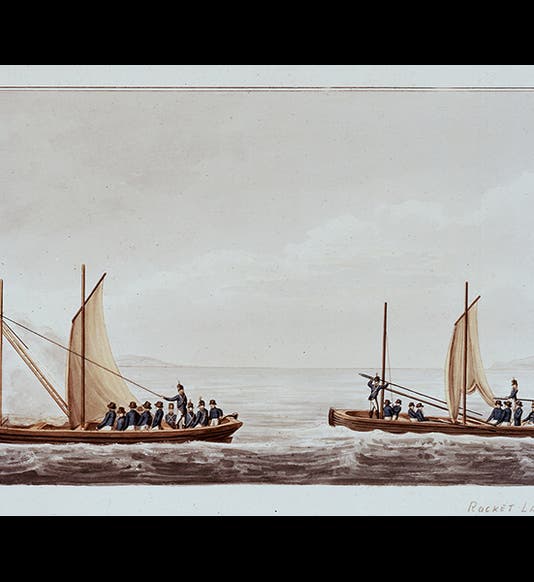Scientist of the Day - William Congreve




Sir William Congreve, an English inventor, was born May 20, 1772. His father, also Sir William, was in charge of the Woolwich Royal Laboratory, where he worked, apparently quite successfully, to improve the ordnance of the Royal Artillery, mainly by developing better gunpowder. Son William, after failing as a newspaper publisher, decided around 1804 to see if he could improve the rocket and add it to the arsenal of the British artillery. Rockets had long been used in China and India, and the Indian army had employed them effectively against the British army in recent skirmishes. A number of these Indian rockets were brought back to Woolwich and provided the foundation for Congreve's own work. It is not clear what, if anything, Congreve did to improve the Indian models, except in persuading the military that they were worth trying against the French, and by writing a number of books in which he pretended that India and China had made no improvements whatsoever to the science of rocketry. A Congreve rocket, as it came to be called, consisted of an iron head packed with gunpowder, and a long stabilizing pole that kept it from tumbling in flight. There is a watercolor in the National Maritime Museum in Greenwich, supposedly by Congreve himself, that shows the testing of his rockets in small vessels (first image above) and another depicting his rockets being used in battle (second image). The advantage of rockets over mortars, to the Navy, was that, since rockets had no recoil, you could fire them by the hundreds from below-decks, whereas mortars (and cannons) required elaborate ordnance to absorb the shock of recoil, and you could only fire so many without sending the ship ballast over bilge water. The disadvantage of rockets (at least the Congreve rockets) is that they were almost impossible to aim with precision, so you had to fire quite a number to have a chance of hitting anything. Probably the most memorable achievement of the Congreve rocket system occurred in the late stages of the War of 1812, during the British attack on Fort McHenry in 1814, when the “red glare" of the Congreve rockets being fired from the HMS Erebus made a distinct impression on Francis Scott Key as he was jotting down possible verses for his poem, “The Defence of Fort M’Henry”, which would soon morph into “The Star-Spangled Banner.” It is interesting that the most famous illustration of the Battle of Fort McHenry, a print by J. Bower of 1816, shows a rain of mortars (“the bombs bursting in air”), with nary a rocket in sight (third image). It is a good thing that Francis Scott Key was more impressed with Congreve’s rockets than Bower was, or else our national anthem would have had a serious hole right in the middle of the first stanza. A fine portrait of Congreve, by James Lonsdale, hangs in the National Portrait Gallery in London (fourth image). Dr. William B. Ashworth, Jr., Consultant for the History of Science, Linda Hall Library and Associate Professor, Department of History, University of Missouri-Kansas City. Comments or corrections are welcome; please direct to ashworthw@umkc.edu.






